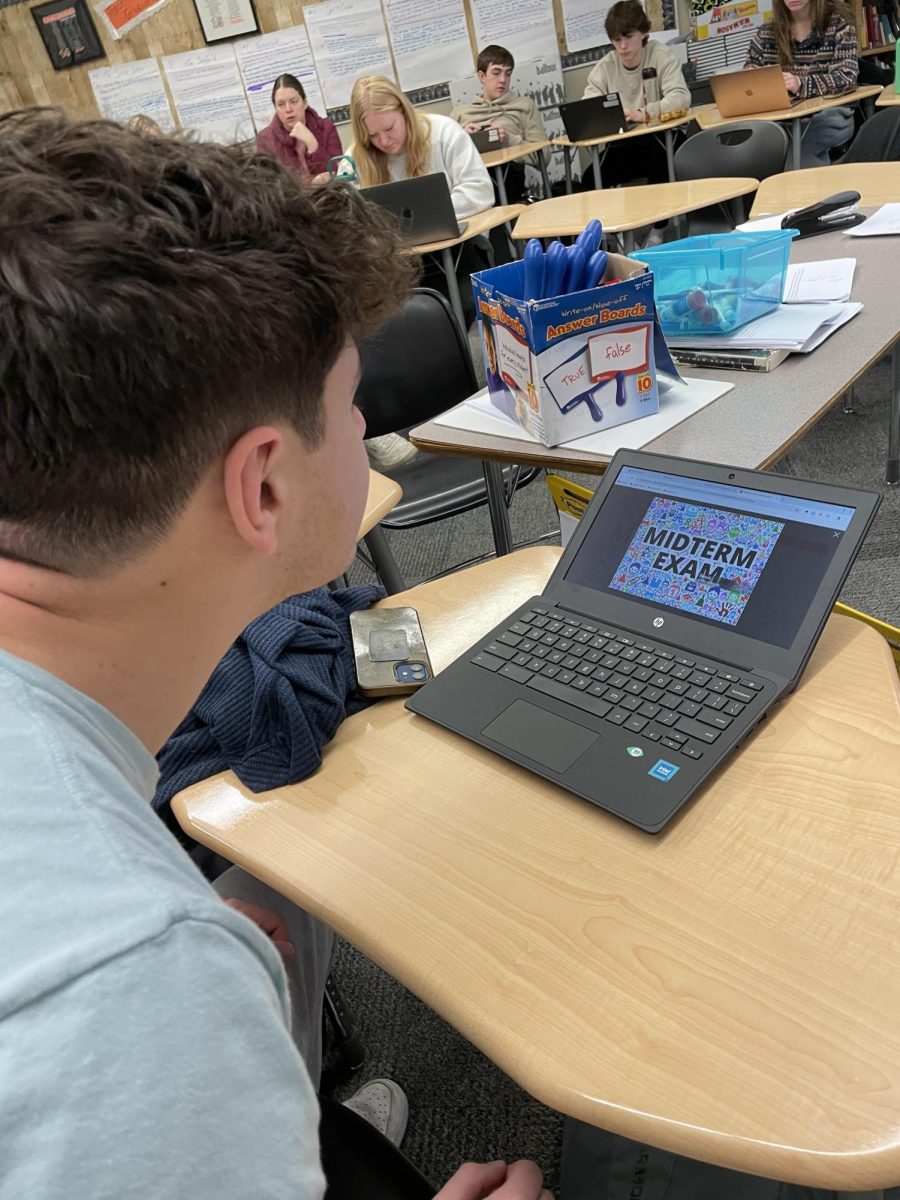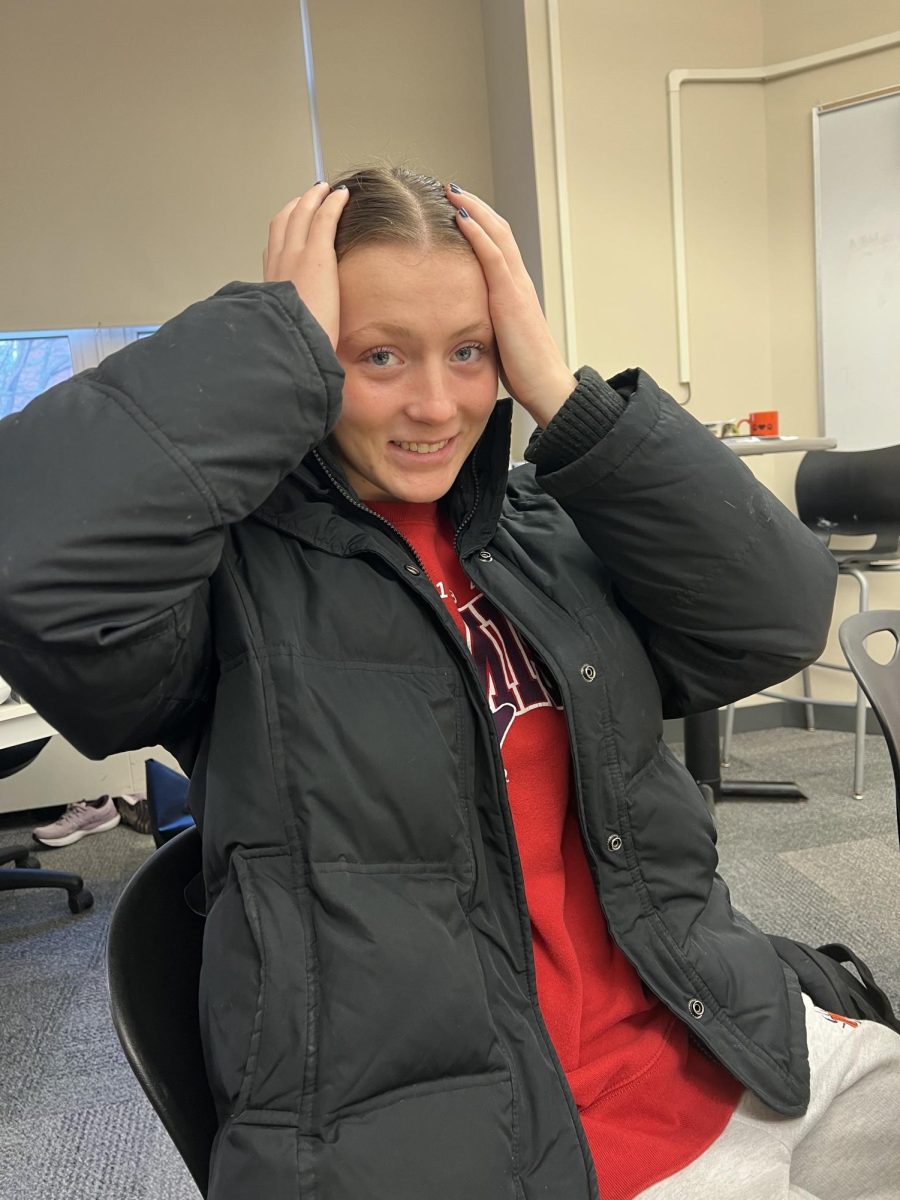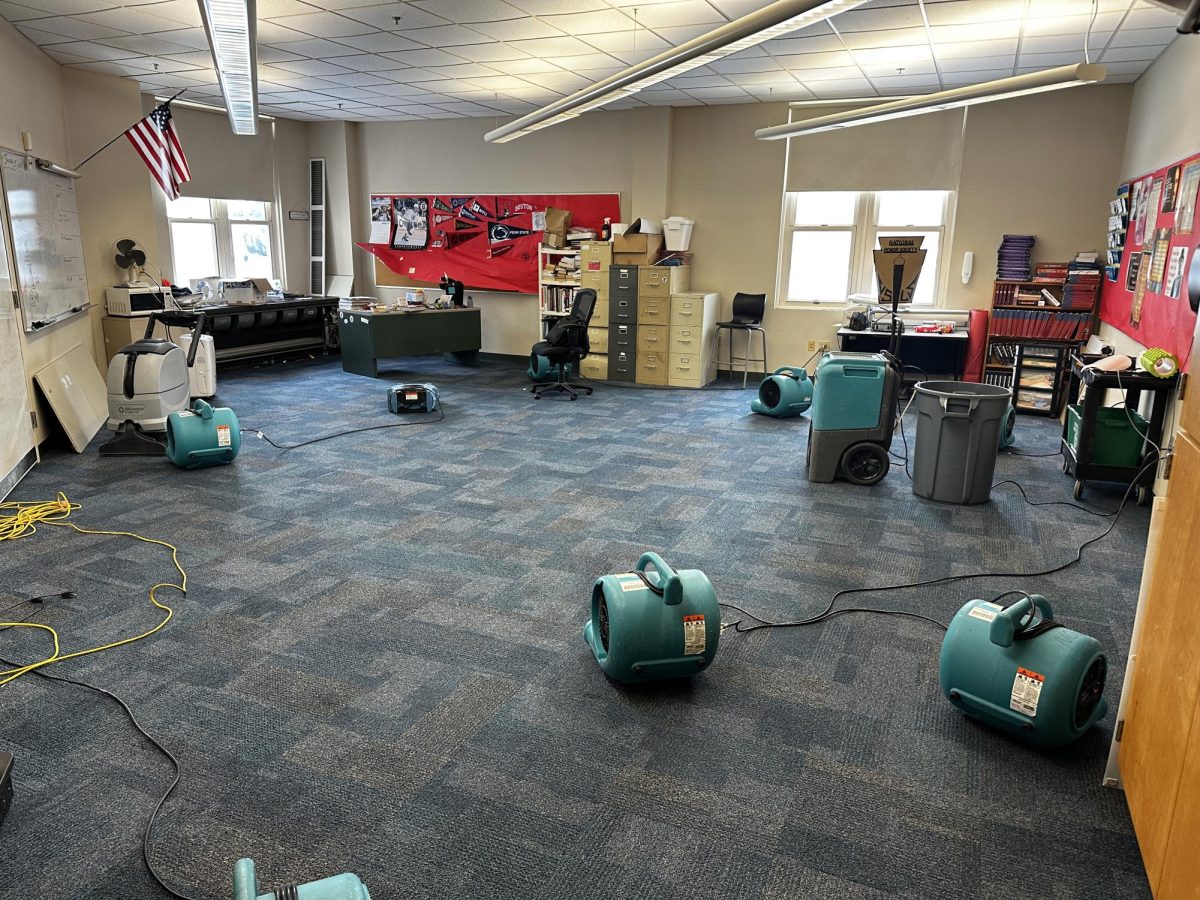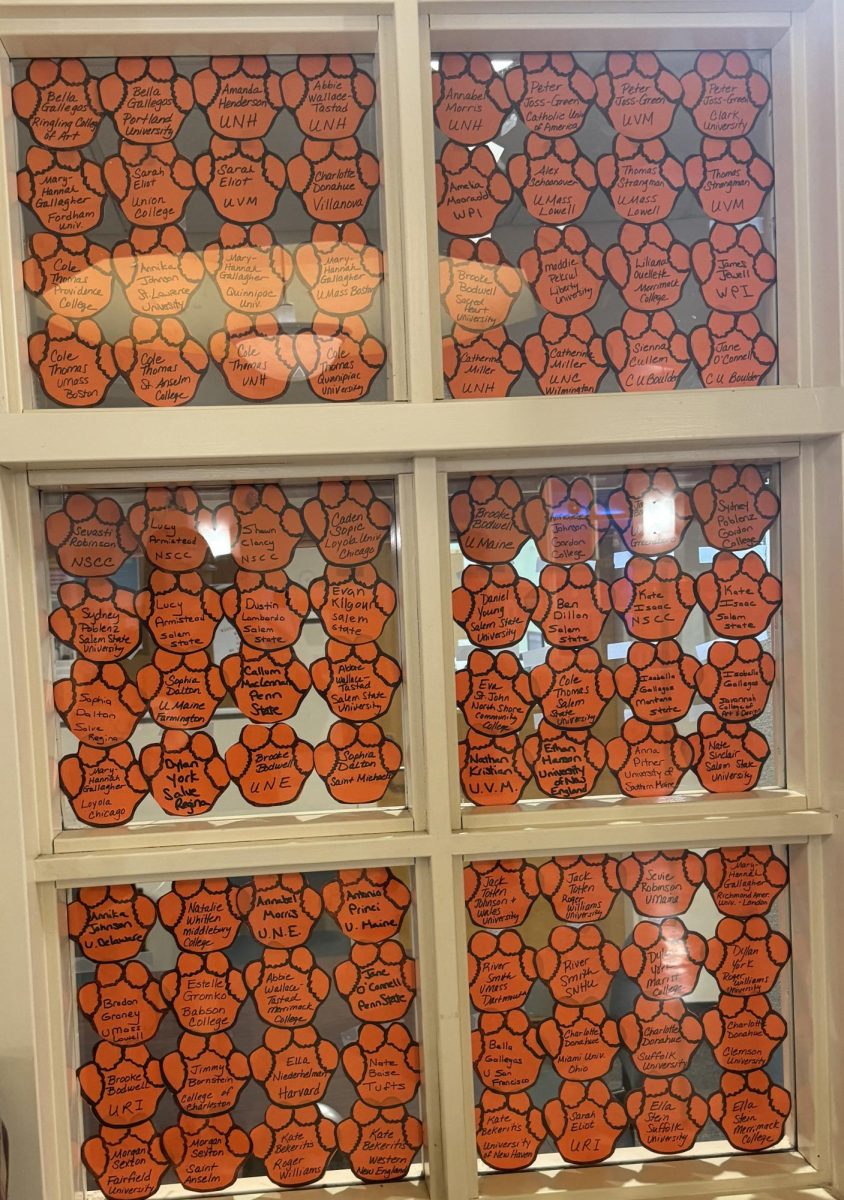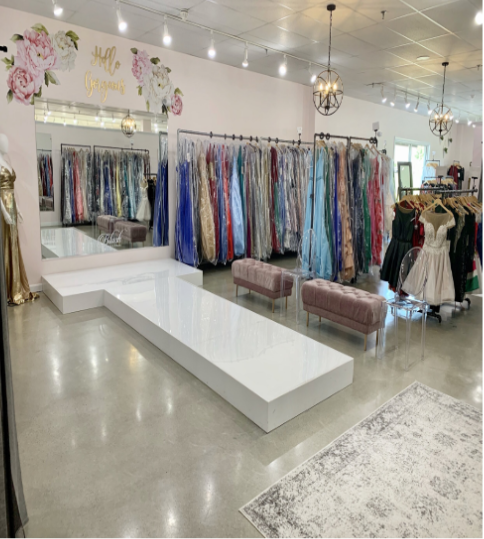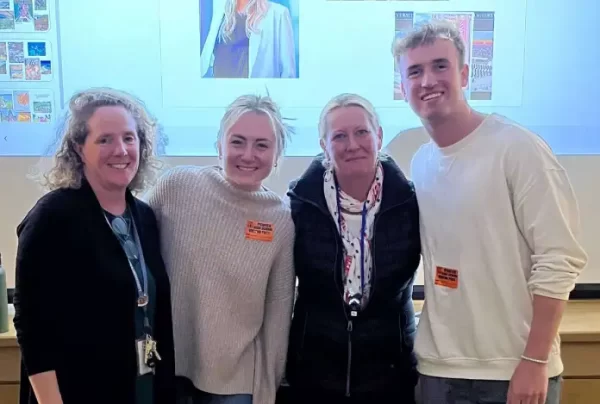
91% of schools across the country teach a second language, but do students actually learn? Spanish is a fast growing language in the US with over 42 million people speaking Spanish; therefore being fluent in Spanish will provide one with many laboral and educational opportunities.
To find out the effect of learning Spanish in high school we asked Señora Harvey, a Spanish teacher and Emma Kennedy an Ipswich alumni who is currently studying and teaching Spanish. When asked if she thought students were capable of learning Spanish in a classroom, Señora Harvey said: “Yes, we have students who’ve gone on to get the seal of literacy.” Proving that it is possible to learn a second language in high school. However she did state: “You get back what you put in.” Oftentimes students are not interested in Spanish, which is why they don’t sustain what they learn.
Emma Kennedy is an incredible example of how much you can learn from Spanish classes. She explains that in order to learn Spanish as well as she did you need a lot of work outside of the classroom. When asked if other external tools such as Duolingo help, Emma said: “Duolingo will not make you fluent but it does help.” Therefore if you want to be fluent, it is better if you do other activities such as reading, listening to music, changing your phone to that language, and watching TV in Spanish, will help you learn more in a fun way. Emma’s favorite way to learn and teach Spanish is through fun and playing games. According to her, if you are having fun it makes it more memorable. A remarkable comment she made was: “Every job I have ever had has been because I can speak Spanish. In the states, so many people speak Spanish that it is incredibly useful.” She is a very unique and passionate person that kept studying Spanish outside of the classroom until she became fluent. She loves the language and that’s why she teaches it. Emma at first did not want to learn Spanish and she wasn’t excited for Spanish class, but after multiple classes she became obsessed with learning it. Every afternoon she would study, read, watch tv or listen to music in Spanish. She wants to create the same passion for Spanish in other students which makes her classes fun and engaging.
There are many benefits of learning a second language. Studies have shown that studying a second language, even if you don’t fully learn it, teaches you to grasp different cultural concepts and knowledge that you would not have been exposed to. While most schools often require three to four years of studying a second language, most students are not fully able to learn and grasp a language during that timespan. However, when surveyed, Preply Statistics reports: “70% of people who didn’t learn a second language say they regret not doing so.” Being bilingual is a skill that many people want but often don’t put in the time or effort to complete. Workplace Essentials says: “Knowing a second language can give you additional skills that may help you thrive in a corporate environment.” On top of getting more opportunities, being bilingual helps you neurologically and improve your memorization and study skills. Students learning a second language while their brains are developing can be very beneficial.
Learning a second language can be very challenging. Time, commitment, and energy is needed to be bilingual. But knowing more than one language is a really useful tool t in life. It can help you with many laboral opportunities as Emma mentioned. While a school environment is not always exciting, taking that foreign language can set you up for a successful future and give you an advantage in life.



